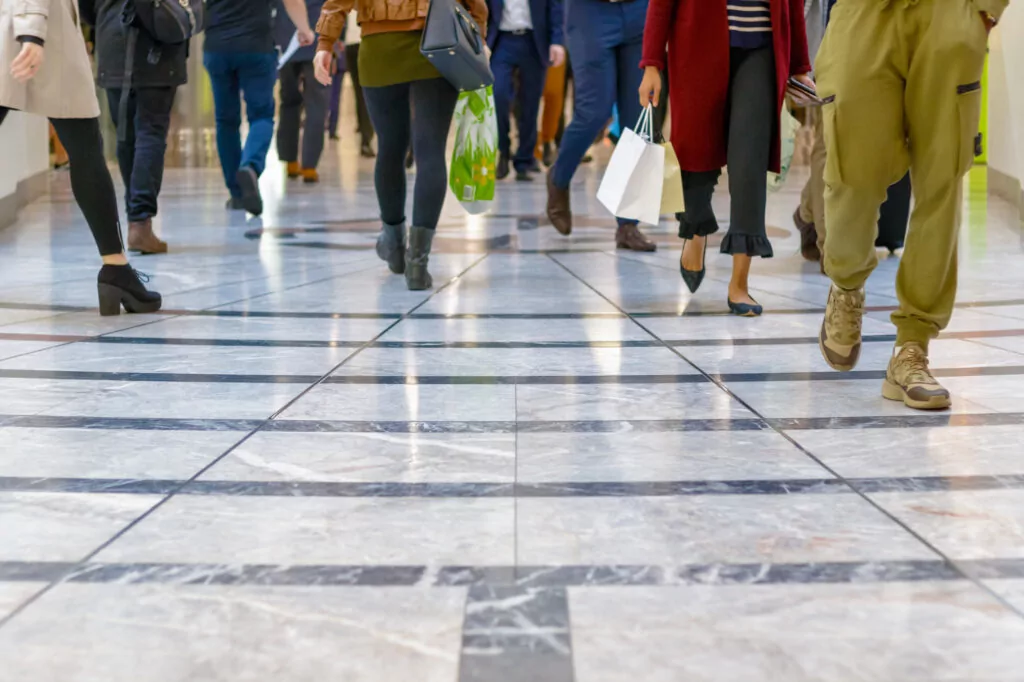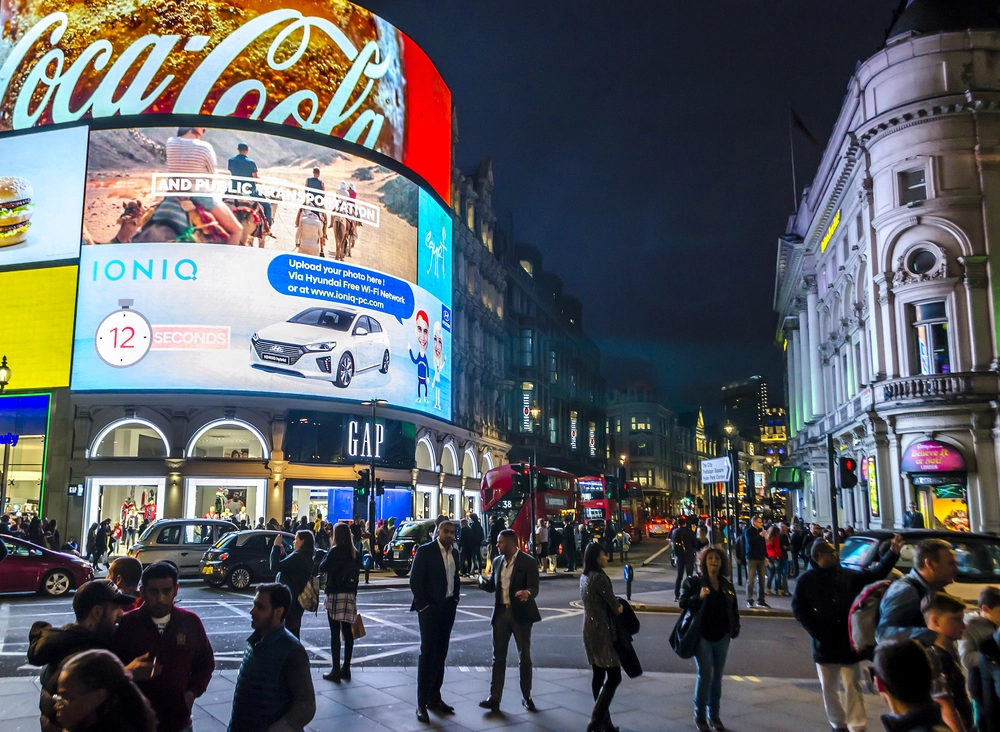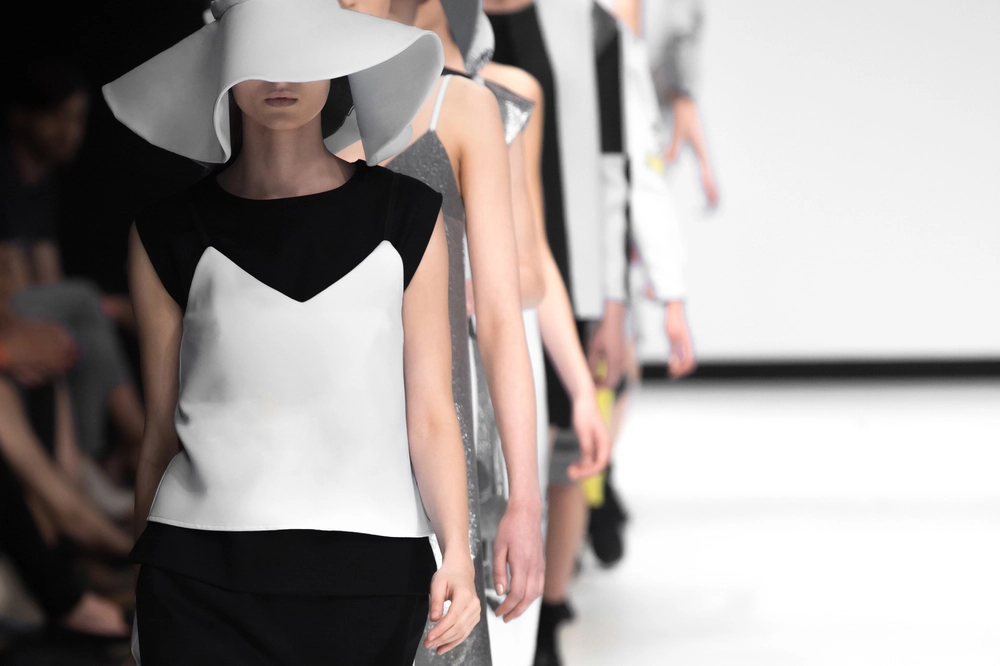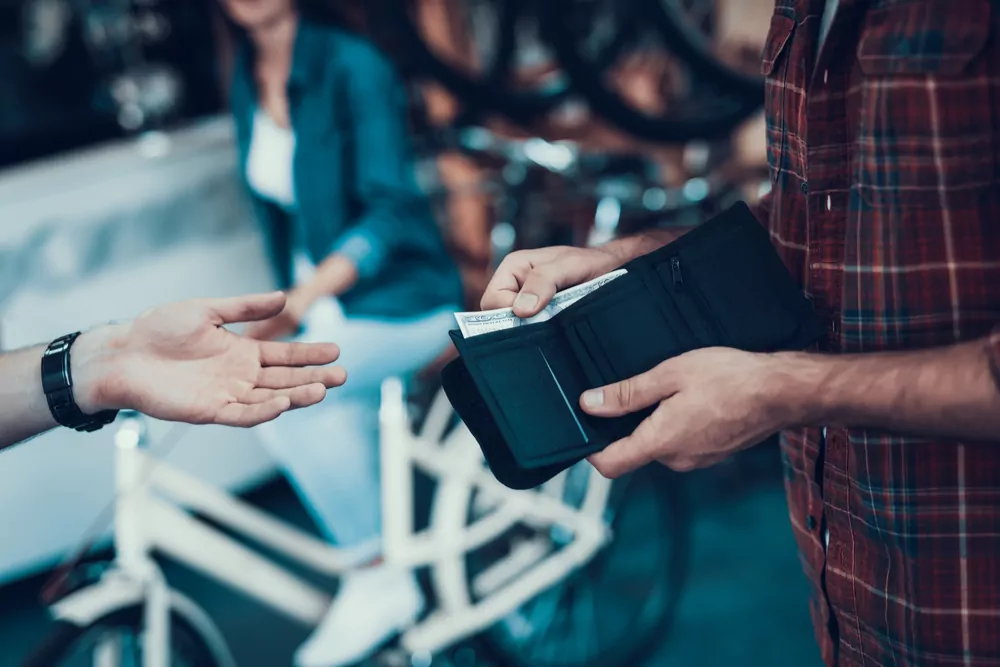
Retail reduced: June 2023

By Nathan Peacey, James Collard, Prem Shah, Jake Christophersen
6 Jul 2023 | 1 minute read
In this month's review of trends in the retail and consumer sector, our experts look at updates and activity in the sector including retail marketing and the Barbie phenomenon, the attraction of ESG and what retailers are doing to tackle inflation.
From the employee’s perspective, sustainable practices, promoting social responsibility and emphasising ethical governance, are key factors taken into consideration when looking to work in an environment where meaning can be found in their work. This applies all the way from entry level staff to senior employees. Candidates are drawn to organisations that show a commitment to both personal and societal wellbeing.
This applies on a corporate level too. Companies demonstrating high ESG performance outperform their peers, achieving 3.7 times higher operating margins and generating 2.6 times higher shareholder returns, according to Accenture.
Within retail, this applies acutely to the environmental aspect of ESG, with the retail sector accounting for roughly 25% of global emissions. There are a host of issues to be addressed – from measuring and reducing scopes 1-3 emissions from supply chains, to innovations in packaging.
What have retailers been doing in June?
An example can be seen from John Lewis this month. It has set Partnership-wide science-based targets for reducing its climate impact – validated by the Science Based Targets Initiative (SBTi). SBTi independently assesses and approves companies’ targets in line with its strict criteria. They have announced that they are among the first companies to set specific targets focused on greenhouse gas emissions from forests, land and agriculture and have committed to reach net zero in their operations by 2035.
From July, Lidl said that its 1-litre San Celestino Italian sparkling mineral water bottles will contain a minimum of 30% Prevented Ocean Plastic, which otherwise would have ended up in the water. Lidl sells 12 million of the bottles every year and said the initiative would save “almost 100 tonnes of plastic from entering our oceans per year”.
The use of an established standard to demonstrate ESG targets by John Lewis and the statement from Lidl will now be held against the updated Committee of Advertising Practice Guidance, published last month, which seeks to consolidate the ASA’s approach towards misleading environmental claims and social responsibility.
Based on the above, it looks like the heightened focus on retailer ESG performance is here to stay, with a greater emphasis on the standards which corporates should meet when promoting these kinds of practices to the public. This may prove to be a double-edged sword however, as more guidance can mean greater clarity, but also less freedom when developing creative ESG-related advertising.
With the release of Greta Gerwig’s live-action Barbie movie, “Barbie” has taken over retail marketing: from fashion, to food and beverage stores. Dozens of brands, including Gap, Forever 21, Primark and direct-to-customer brand Béis, have been releasing limited-edition Barbie merchandise over the past few months.
Mattel, the multinational toy manufacturing and entertainment company behind the Barbie doll expanded its intellectual property business this year, investing in intellectual property licensing deals, which has boosted profits in the second quarter, and helped the company to increase sales by 20%. Barbie and Hot Wheels are amongst the company’s largest licensed franchises. Brand collaborations have become a popular means for start-ups to reach new consumers and target new audiences. Not only is Barbie an emblem of nostalgia and childhood memories for millions of people across the globe, Barbie has also been embracing and celebrating various ethnicities, body types and backgrounds, fostering a positive impact amongst newer audiences. Retailers are leveraging this emotional connection through such collaborations, enticing consumers to explore these collaborations.
“As one of the most buzzed-about film releases in recent times, ‘Barbie’ has dominated the zeitgeist for months,” Josh Silverman, Mattel’s chief franchise officer and global head of consumer products, said in a statement. “This historic moment for Mattel creates incredible fanfare for our partners and consumers alike; we are eagerly looking forward to the film’s release and sharing the multitude of new ways Barbie fans worldwide can celebrate this iconic moment.”
We can next expect to see retail stores being dolled up with the Barbie fever; on July 13, Bloomingdale is unveiling its Barbie The Movie Pop-up Shop in select stores, which will feature Barbie-themed products such as pool floats from the brand Funboy.
The Barbie cross-brand collaboration demonstrates how IP licencing is an important and effective tool for retail brands looking to collaborate, and in turn grow their audiences and profit margins. Not only can these types of collaborations benefit lesser-known start-ups, but they can also reinvigorate more established brands, opening them up to a younger generation, for example. As long as the protection of the relevant brands is considered carefully (e.g. ensuring that collaborations do not lead to dilution of or damage to brands) they can turn out to be a win-win for everyone involved.
In May, UK inflation was unchanged at 8.7%, with prices for food and drink rising at one of the fastest rates for years. In June, the Guardian newspaper took a look at the goods and services that have risen most in price. Basing their findings on data from the Office of National Statistics (the ONS) – compiled by using the Consumer Price Index (CPI), with the average price rises over 12 months to May – they found that food products were the highest scorers, with items such as sugar, olive oil and eggs showing price increases of 49.8%, 46.9% and 28.8%, respectively. This could be contrasted with products such as children’s clothing (10%), new cars (4.7%) and games or toys (4.6%). Air travel was also at the top end, with a rise of 31.4%, compared to train travel at 7.1%. On a more positive note, diesel and petrol had fallen by 14% and 13%, respectively, which is perhaps not surprising, considering the high prices we saw in the not too distant past.
So, what are retailers doing in light of ongoing inflation? Some are simply upping prices, with supermarkets increasing £1.00 items to £1.25, hoping to still keep offers attractive and at the same time trying to balance out the economic pressures being felt. This is in light of a drop in annual grocery inflation to 16.5%, down from 17.2% last month, which is currently the lowest this year. That said, this rate is the highest monthly figure in the last 15 years.
Another method being used is what is known as “skrinkflation” – essentially, this is where retailers reduce the size of their product, but keep prices at the same level. Ever felt like that Mars bar was just a bit smaller than the last one you had? Well, it is quite possible that it actually was. Mars bars and Ritz crackers are some of the products that have undergone changes to their size. The practice tends not to be as obvious as standard price rises, as often, the shrinking of product sizes do not tend to be publicised, making them slightly harder to detect. As such, this is one way of avoiding customers turning away and going to a competitor when they see that prices have been increased.
Other tactics include saving costs in other areas, in an attempt to keep the balance sheet looking acceptable. One example of this is dimming or reducing lighting and implementing more energy efficient heating systems in order to save on energy consumption costs. One retailer has implemented such changes across all of its stores, after finding that energy use was reduced by 12% at the end of the previous year, leading to lower bills as well as reduced carbon emissions.
There are several other methods being used to tackle the ongoing inflation and retailers will have to continue to think of good ways of cutting their costs, at the same time as also retaining their customers. They will no doubt be keeping an eye on the trajectory of the inflation rate and crossing their fingers that this continues to be a downward one.
Finally, as always it is worth considering these steps within the wider context of consumer protection and advertising regulations. Whilst everyone, retailers and consumers alike, start to feel the pinch, there is an opportunity here to carry out the steps described above, whilst fostering trust amongst customer bases.












